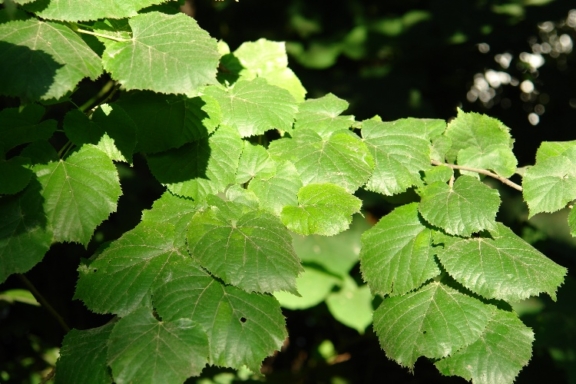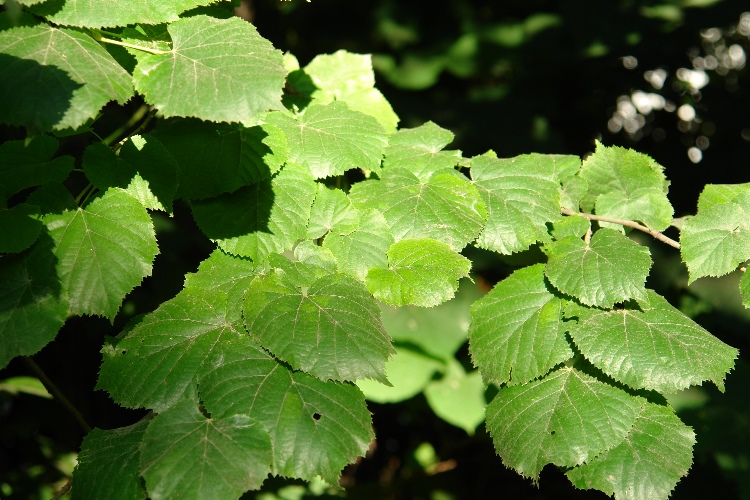
Silver Lime
Tilia tomentosa
Family and description
Initially belonging to the Tiliaceae family, it was later incorporated into the Malvaceae family.
It is a deciduous tree, growing up to a height of 35m.
Its crown is domed, and the trunk is striated and dark grey.
It has alternate asymmetric leaves, of cordate shape with serrated margins. The leaves are slightly larger than those of Tilia cordata, darker and more wrinkled, glabrescent on the upper surface, white-tomentose on the lower surface.
The inflorescences have a variable number of white flowers and are associated with a bract. They appear in early summer.
The fruit is dry, similar to an achene with 2 to 3 seeds. The bract acts as a wing, facilitating the dispersion of the seeds by the wind.
Origin and habitat
This species is native to Turkey and as far as Southeast Asia. In Portugal there are no autochthonous Silver Lime trees, but they are widely used in gardens and streets.
This species is demanding in water, not tolerating high summer temperatures or intense cold. It can inhabit both limestone and silica soils, provided they are very fertile, mountain forests being its natural habitat.
Uses and curiosities
The wood of this species is soft and easy to work with, often used in the middle ages for retables.
Due to its acoustic properties, it is used in specific components of some musical instruments.
It is considered a species of great longevity, with trees known to be existing for over 500 years.
The flowers are used to make infusions. Their active ingredients include flavonoids (which act as antioxidants) and volatile oils. The plant also has tannins with astringent properties.
